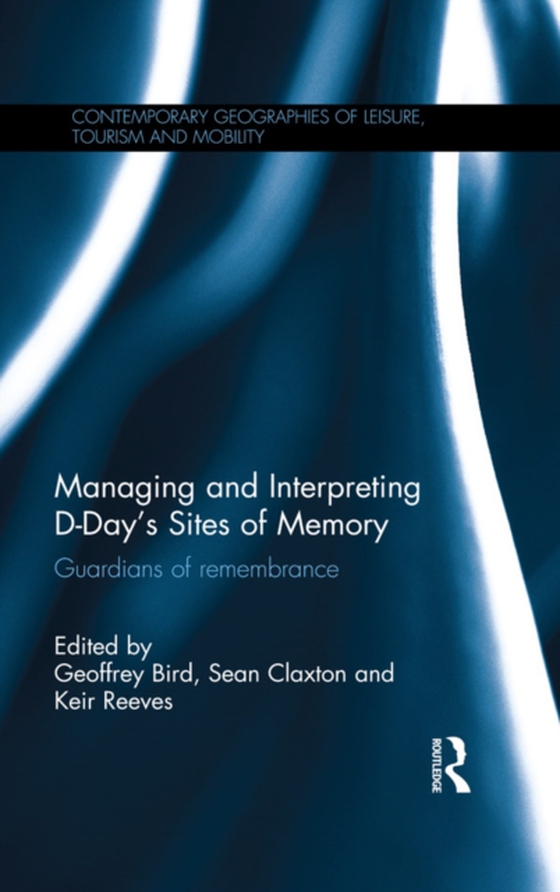
Managing and Interpreting D-Day's Sites of Memory e-bog
403,64 DKK
(inkl. moms 504,55 DKK)
More than seventy years following the D-Day Landings of 6 June 1944, Normandy's war heritage continues to intrigue visitors and researchers. Receiving well over two million visitors a year, the Normandy landscape of war is among the most visited cultural sites in France. This book explores the significant role that heritage and tourism play in the present day with regard to educating the public...
E-bog
403,64 DKK
Forlag
Routledge
Udgivet
2 marts 2016
Længde
310 sider
Genrer
HBWQ
Sprog
English
Format
epub
Beskyttelse
LCP
ISBN
9781317515708
More than seventy years following the D-Day Landings of 6 June 1944, Normandy's war heritage continues to intrigue visitors and researchers. Receiving well over two million visitors a year, the Normandy landscape of war is among the most visited cultural sites in France. This book explores the significant role that heritage and tourism play in the present day with regard to educating the public as well as commemorating those who fought.The book examines the perspectives, experiences and insights of those who work in the field of war heritage in the region of Normandy where the D-Day landings and the Battle of Normandy occurred. In this volume practitioner authors represent a range of interrelated roles and responsibilities. These perspectives include national and regional governments and coordinating agencies involved in policy, planning and implementation; war cemetery commissions; managers who oversee particular museums and sites; and individual battlefield tour guides whose vocation is to research and interpret sites of memory.Often interviewed as key informants for scholarly articles, the day-to-day observations, experiences and management decisions of these guardians of remembrance provide valuable insight into a range of issues and approaches that inform the meaning of tourism, remembrance and war heritage as well as implications for the management of war sites elsewhere. Complementing the Normandy practitioner offerings, more scholarly investigations provide an opportunity to compare and debate what is happening in the management and interpretation at other World War II related sites of war memory, such as at Pearl Harbor, Okinawa and Portsmouth, UK.This innovative volume will be of interest to those interested in remembrance tourism, war heritage, dark tourism, battlefield tourism, commemoration, D-Day and World War II.
 Dansk
Dansk

